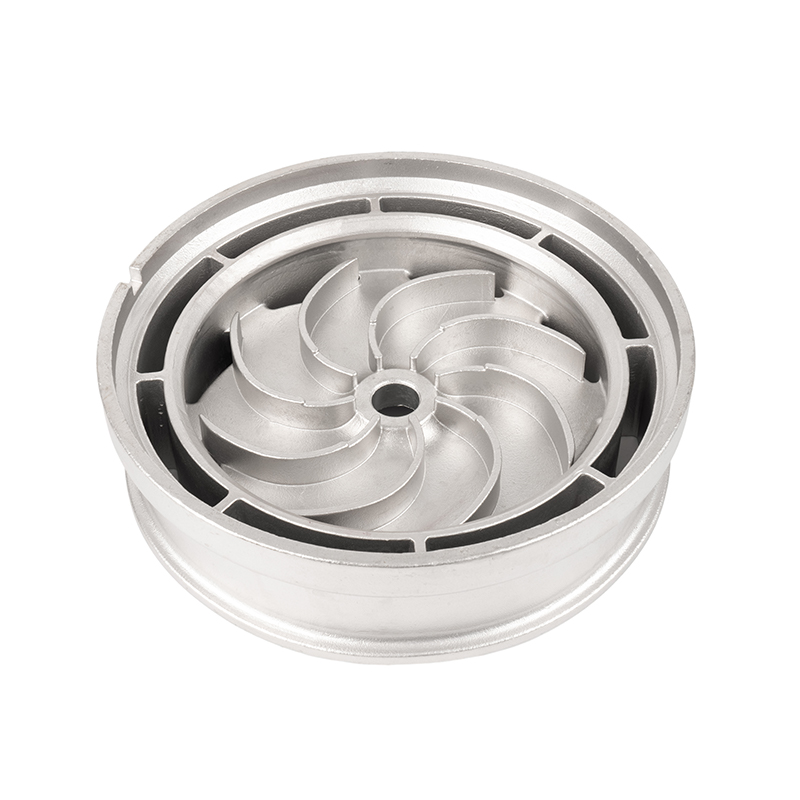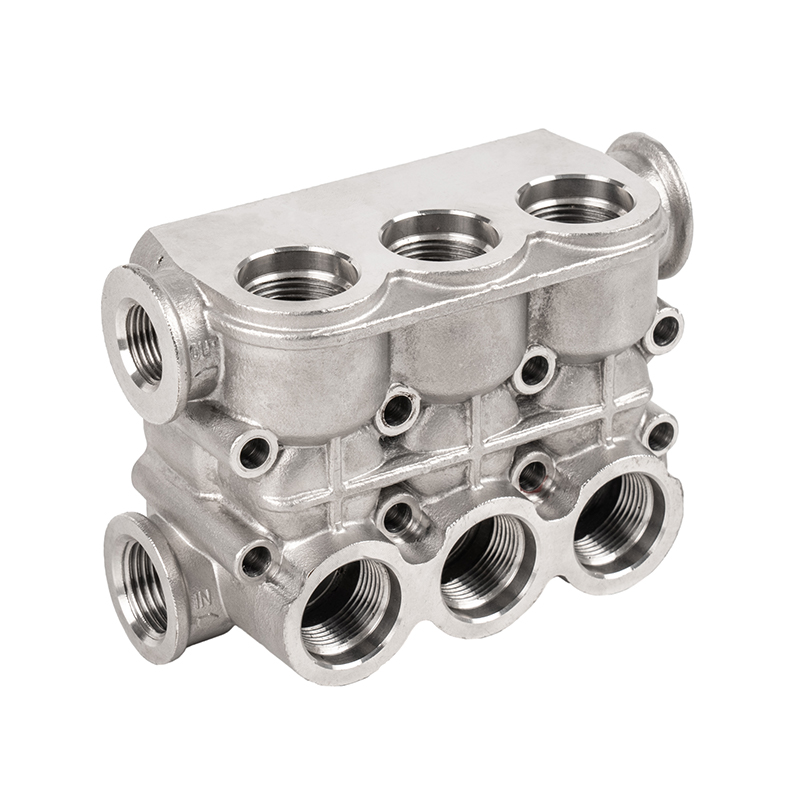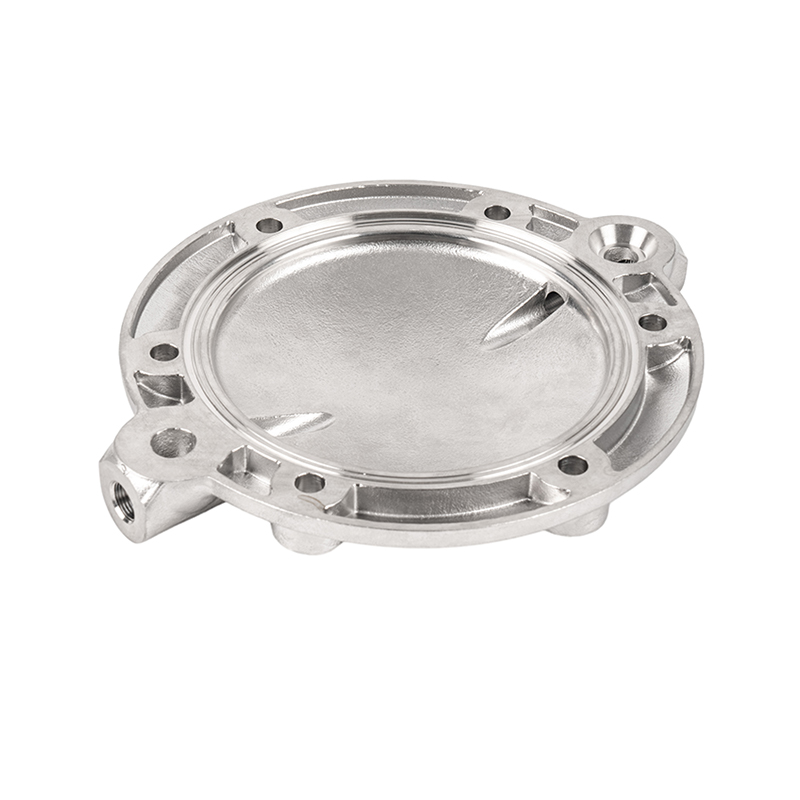Factors affecting casting sand quality.
The production conditions and existing problems have increased the quality requirements for stainless steel castings, promoting the development of new casting modeling methods and equipment. New molding methods and equipment have put forward higher requirements for the performance of molding sand. Molding sand can solve the problem of gas defects in casting production.
At present, the surface quality of stainless steel castings produced by some foundries in my country is poor and the scrap rate is high. One of the main reasons is that the quality of the molding sand raw materials used is poor. So what are the factors that affect the quality of casting sand?
1. Bentonite. Bentonite plays the role of a binder in molding sand, and its wet adhesion, hot-wet adhesion, and reusability are the main indicators that reflect the quality of bentonite. If the bentonite used is of poor quality, more bentonite needs to be added to ensure the strength of the sand mold, and the non-cohesive dead clay accumulated in the molding sand will gradually increase.
2. The compactness rate of the molding sand, that is, the dryness and wetness of the molding sand. If the molding sand is too dry, the bonding force of bentonite cannot be fully exerted, which will cause insufficient strength of the molding sand and is not conducive to the compaction of the sand mold by air blasting and other molding methods. The sand mold is easy to be damaged, and stainless steel castings are prone to defects such as sandblasting and sand holes; molding sand If it is too wet, the fluidity of the molding sand will be poor, and the sand mold will not be easy to be compact and uniform. At the same time, too much moisture will cause defects such as pores, pinholes, fire, and sand inclusions in the casting. Under normal circumstances, high-pressure and impact molding requires a compaction rate of 35% to 40% at the molding station.
3. The moisture content of the molding sand is a major factor causing defects such as pinholes and pores in castings. When the molding sand is in the optimum dry and wet state, the lower its moisture content, the better. The quality of bentonite and pulverized coal as well as the sand mixing process directly affect the moisture content of the molding sand. In foreign countries, the moisture content of the molding sand in gray cast iron and ductile iron foundries that produce automobile castings using high-pressure molding and air-blast molding methods is mostly between 2.3% and 3.8%.
4. The wet strength of molding sand reflects the ability of the sand mold to withstand various external forces. During the production process, sand molds must undergo processes such as mold removal, transportation, core setting, and mold closing. To avoid damage and collapse, they must have sufficient wet strength. During the pouring process, the sand mold also has to withstand the erosion and impact of molten metal and the expansion force when graphite is precipitated. These reasons may to defects such as sand holes, looseness, and sand expansion. Especially complex castings such as engine blocks and cylinder heads have high requirements for the wet strength of the molding sand. Generally, when the compaction rate of molding sand is 40%, the wet compressive strength reaches at least 0.18MPa.
5. The mud content of the molding sand includes effective and failed bentonite coal powder, dust, and ash brought in by raw materials such as new sand, bentonite, coal powder, and fine powder caused by broken silica sand particles. Bentonite and coal powder are the molding sand. The main source of mud content. Excessive mud content will increase the moisture content of the molding sand and reduce the air permeability. Stainless steel castings are prone to defects such as pinholes and pores. Moreover, when the same wet compressive strength level is reached, the toughness and hot wet tensile strength of the molding sand are reduced, and the castings are prone to sand holes and sand inclusion defects.


 English
English Español
Español русский
русский 中文简体
中文简体

















